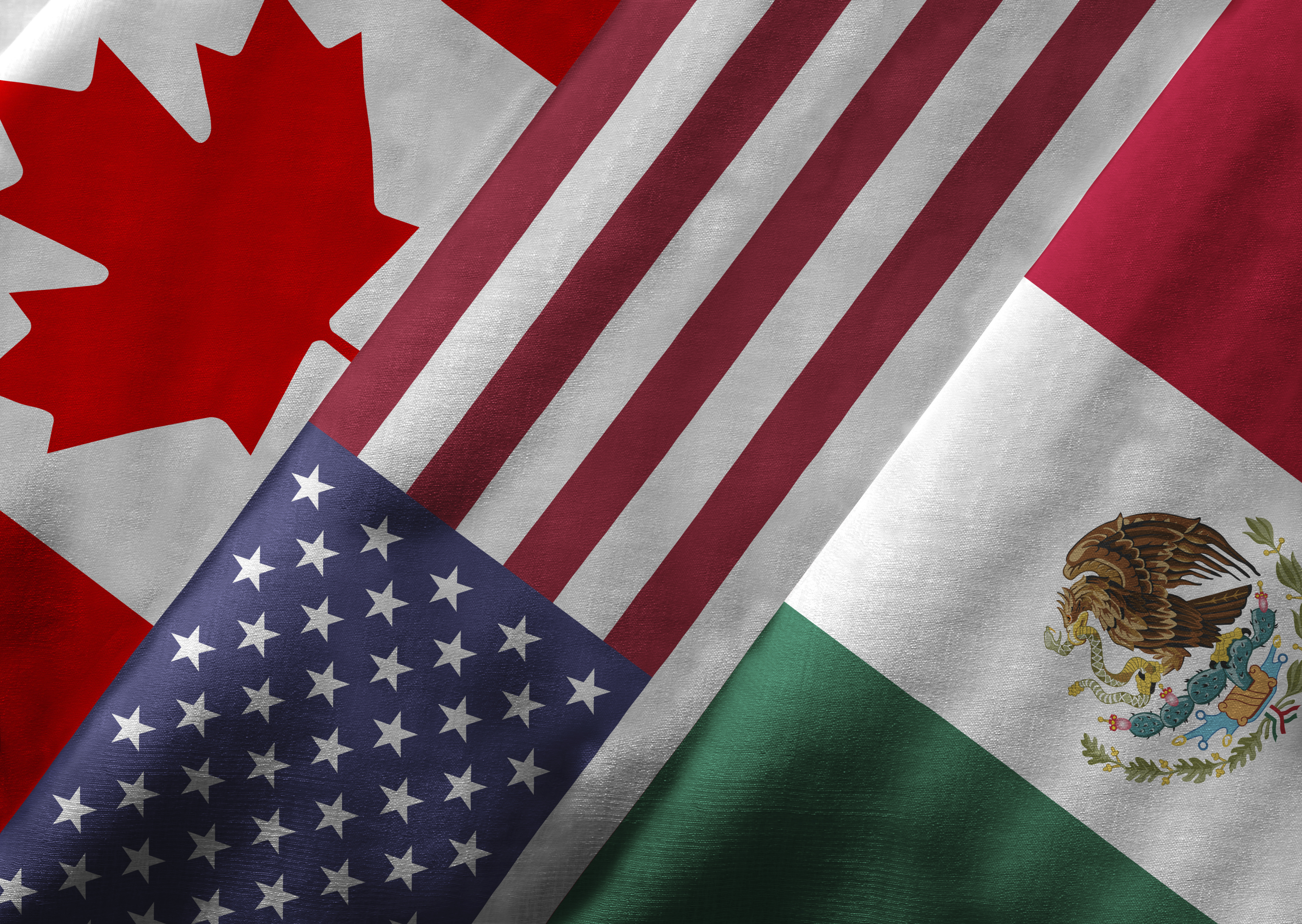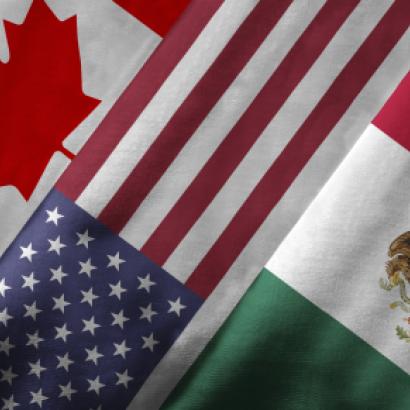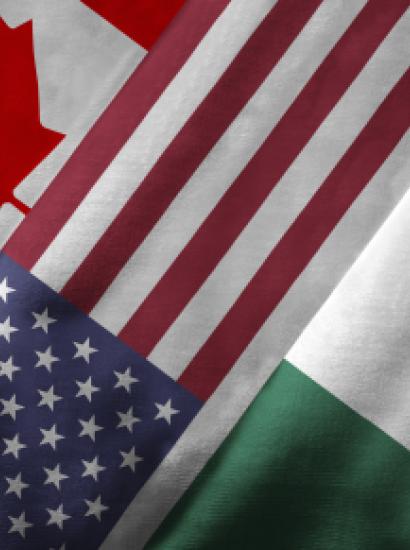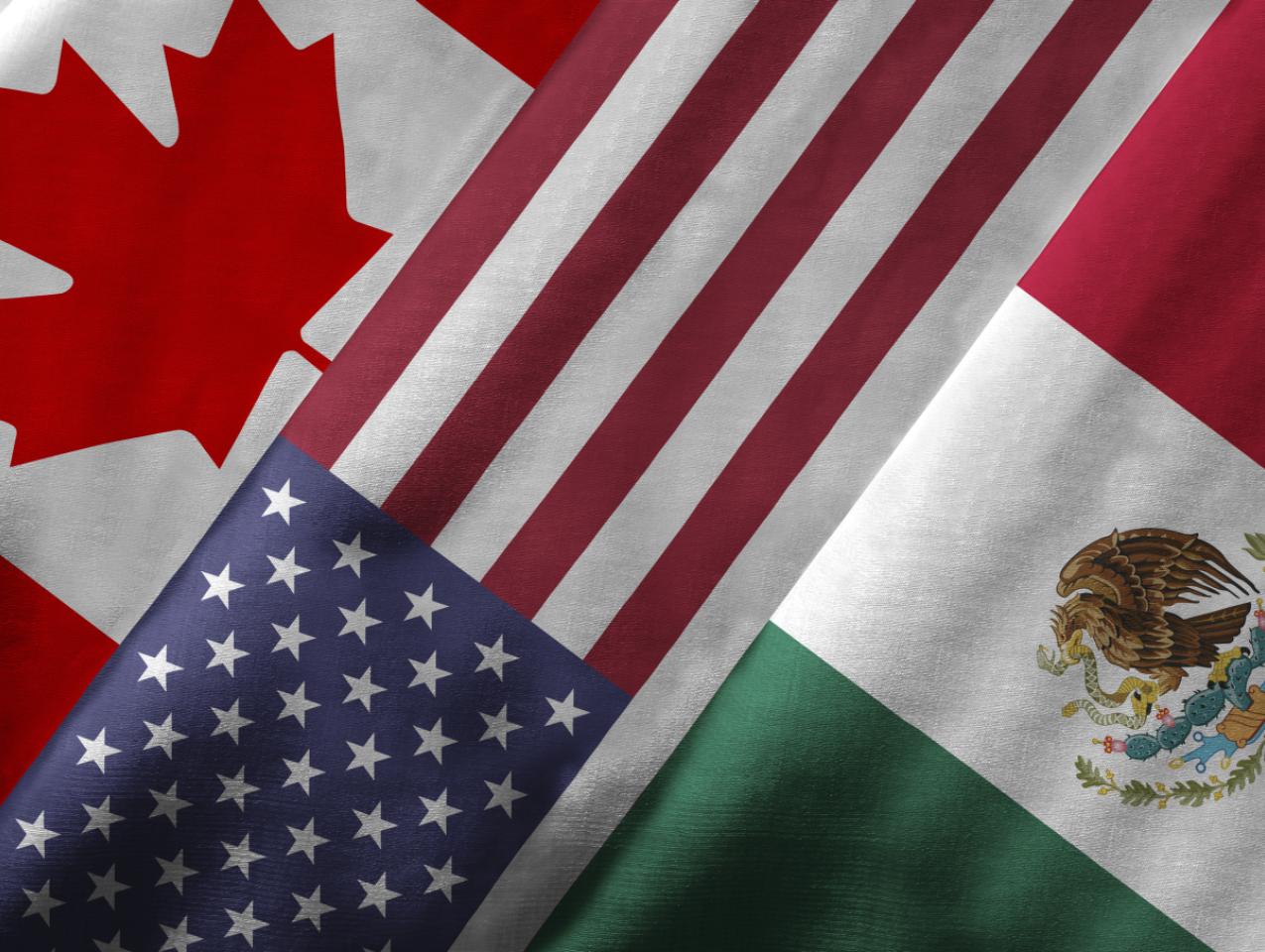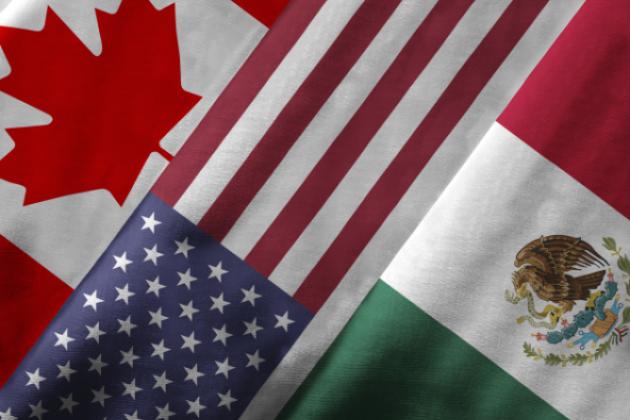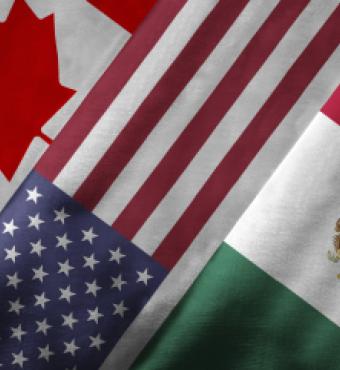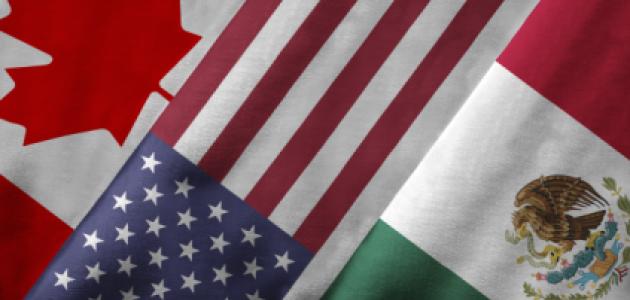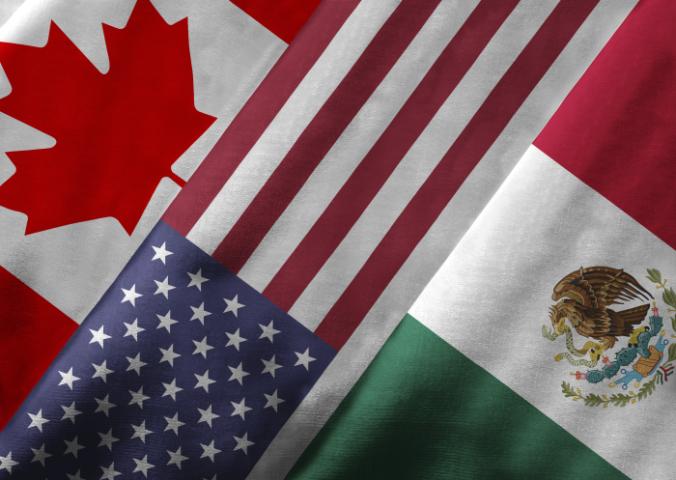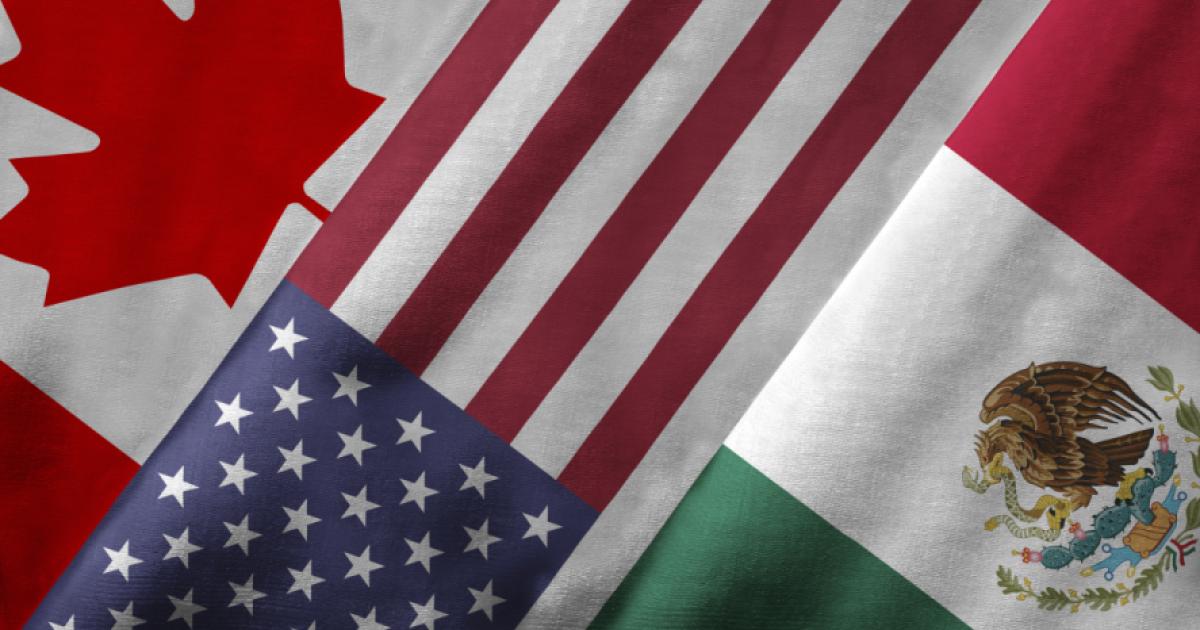The North America Free Trade Agreement (NAFTA) among Canada, Mexico, and the United States was put into place in November 1993 with the staunch support of the Clinton administration. A sweeping agreement that lifted major trade barriers among these three nations, NAFTA had its share of problems when it was implemented, including the dislocation of some workers. But the mutual gains from free trade dwarfed any losses associated with the agreement. Now, over twenty years later, NAFTA needs to be updated to take into account new technologies, such as those associated with the digital economy. As the agreement gets renegotiated, all three parties should make as few changes as possible to bring the agreement up to date without altering its fundamental structure. But that might not happen. Each of the three signatory nations has adopted a tough bargaining position that could result in a breakdown of the treaty, which would be the greatest trade disaster in recent years.
The American public seems to be mixed on free trade. On the one hand, during the recent presidential campaign, much of the electorate, including many Republicans, turned against the Trans-Pacific Partnership (TPP), a free trade deal among Pacific Rim nations, while still announcing their support for free trade in the abstract. But upon taking office, Donald Trump proudly but foolishly withdrew from the TPP, and since that time has taken every opportunity to denounce free trade and to express his frustration with NAFTA. Today, his demands on NAFTA, as communicated through his trade representative Robert Lighthizer, have effectively deadlocked negotiations going forward.
Trump’s position is particularly galling because of the total discontinuity between his approach on domestic and foreign economic issues. Just last week, I wrote a column that strongly defended Trump’s efforts to introduce competition and choice into the health care market. The same principles that work to make a domestic economy great apply with equal force to the international one. Giving consumers many choices induces suppliers to provide those goods and services that people want at prices that they can afford; otherwise, the suppliers will lose business to their competitors. To achieve success, firms must not only develop their own workforces, but deal with other firms to acquire the needed inputs, which are often more cheaply purchased than made. Some of these inputs will be acquired from overseas sources, so the objective of a sound trade policy should be a seamless interface between domestic and foreign markets—which is precisely what NAFTA helped achieve when it integrated the economies of its three separate signatories.
It is impossible to predict the exact patterns of trade that will develop, but that is just the point. The parties on the ground will have better knowledge of their comparative advantage, and will thus be able to coordinate their affairs better than any government could. The gains from free trade have led every major industry group, as well as the United States Chamber of Commerce, to stoutly oppose Trump’s anti-trade initiatives, which it regards as “highly dangerous.” These parties are even prepared to take the matter to court to oppose the President. They hope to find some sound constitutional arguments to show that Trump does not have the unilateral power to terminate the agreement without Congressional consent.
The President, without looking at any of the particular details, seems confident that NAFTA is a bad deal for America because it has led to trade deficits with Mexico ($55.6 billion in 2016) and Canada ($12.1 billion for 2016)—and to the displacement of some American workers. But this is sophomoric thinking. Free trade consists of three separate elements. First, there are the goods and services that move from the United States to Canada or Mexico. The firms that sell these goods and services make profits, as do the Canadian and Mexican firms that acquire them. Killing NAFTA would destroy those gains. Second, there are the goods and services that move into the United States from Canada and Mexico. The same happy scenario applies. Both sides to these transactions gain, and the gains to the American side include the ability to incorporate services and goods from foreign countries into the goods and services that we then sell into the global market. And finally, there is the net investment into, say, the United States if the balance of trade runs in favor of Canada or Mexico. That investment fuels the creation of new businesses (and new jobs) in the United States. But all of this gets smashed if NAFTA is upended.
Trump ignores these gains by pointing to the individual workers who are displaced when American plants close down and move to Mexico. It is the classic mistake of looking at the losses attached to particular persons—which, of course, are both unfortunate and inevitable in all thriving markets—without looking at the total number of jobs created in the United States because of the greater flow of goods, services, and investments into this country. Besides, there’s nothing to say that if those jobs do not go to Mexico they will stay put. The firms in question could fail because of their high cost structure, or they could choose to relocate, as many firms have, to other states that have more favorable business environments. There is no way to insulate individual workers from the changing rhythms of international—and domestic—trade.
But Trump continues to push his bogus America First agenda that will drive a wedge between the United States and its allies, even over the objection of Republican stalwarts like George W. Bush. In the NAFTA negotiations, Trump is making two mindless deal-breaking demands. First, he wants to incorporate a “sunset clause” which would “automatically” call for an end to the deal after five years unless all three signatories signed on for its extension. Putting in place a guillotine is madness. Investment and trade relationships need long-term time horizons to allow businesses to avoid having to write off their front-end costs immediately. The uncertainty that a sunset provision creates would cripple investment and trade even if NAFTA were otherwise retained. The case for free trade is so compelling that a far longer period is appropriate; renegotiation must be centered on bringing new goods and services into the free trade fold, not on blowing up the agreement entirely.
Next, Trump wants all trucks and cars imported from Mexico or Canada to contain a minimum of 50-percent American-made parts. First of all, that provision would create a huge administrative burden. Second, it would impose real losses on American automakers. It also invites retaliation by both Canada and Mexico. So, it’s clearly a lose/lose proposition that would make the United States an international laughing stock.
There is yet another dire consequence to Trump’s overreaching. It has inspired Canada (but, as of yet, not Mexico) to make outlandish stipulations of its own. The Canadian foreign minister Chrystia Freeland has put forward a list of 10 NAFTA demands, some of which make perfectly good sense like her opposition to “Buy American” rules. But she makes a grievous mistake in suggesting that NAFTA is the appropriate forum to thrash out the issues dealing with labor, gender, indigenous people, and environmental rights.
Each country’s internal business arrangement is its own affair. The great strength of free trade agreements is that the entry (and exit) of goods and services is a wake-up call that forces domestic parties to clean up their acts. The Canadian labor law is more protective of unions than its American counterpart; these Canadian rules introduce inefficiencies into the system that cannot last in the face of free trade. A good analogy is the competition between American states that have Right-To-Work laws and those that do not. If the Canadian system works, it should be able to withstand the competition. If it cannot, Freeland’s labor caveats introduce a closet protectionism that undoes much of the benefits of NAFTA.
Similarly, Freeland’s broad demand that no nation be allowed to weaken its environmental protection rules to attract foreign investment locks everyone into inefficient local laws—like Obama’s Clean Power Plan—that should be revised wholly without regard to NAFTA. Canada has a legitimate beef when it protests pollution emissions that cross over its borders. But those issues should be addressed as independent grievances outside of NAFTA. It makes no sense to let one nation determine the wetlands policy of its neighbor. The same logic applies to the rights of indigenous peoples and gender issues generally. The effort to find agreement here only creates additional opportunities to subvert free trade. Yet now that Trump has made his own unreasonable demands, the Canadian non-cooperative strategy looks like a reasonable form of retaliation. If the United States and Canada don’t back off, we could end up with a terrible result that is in nobody’s interest.







